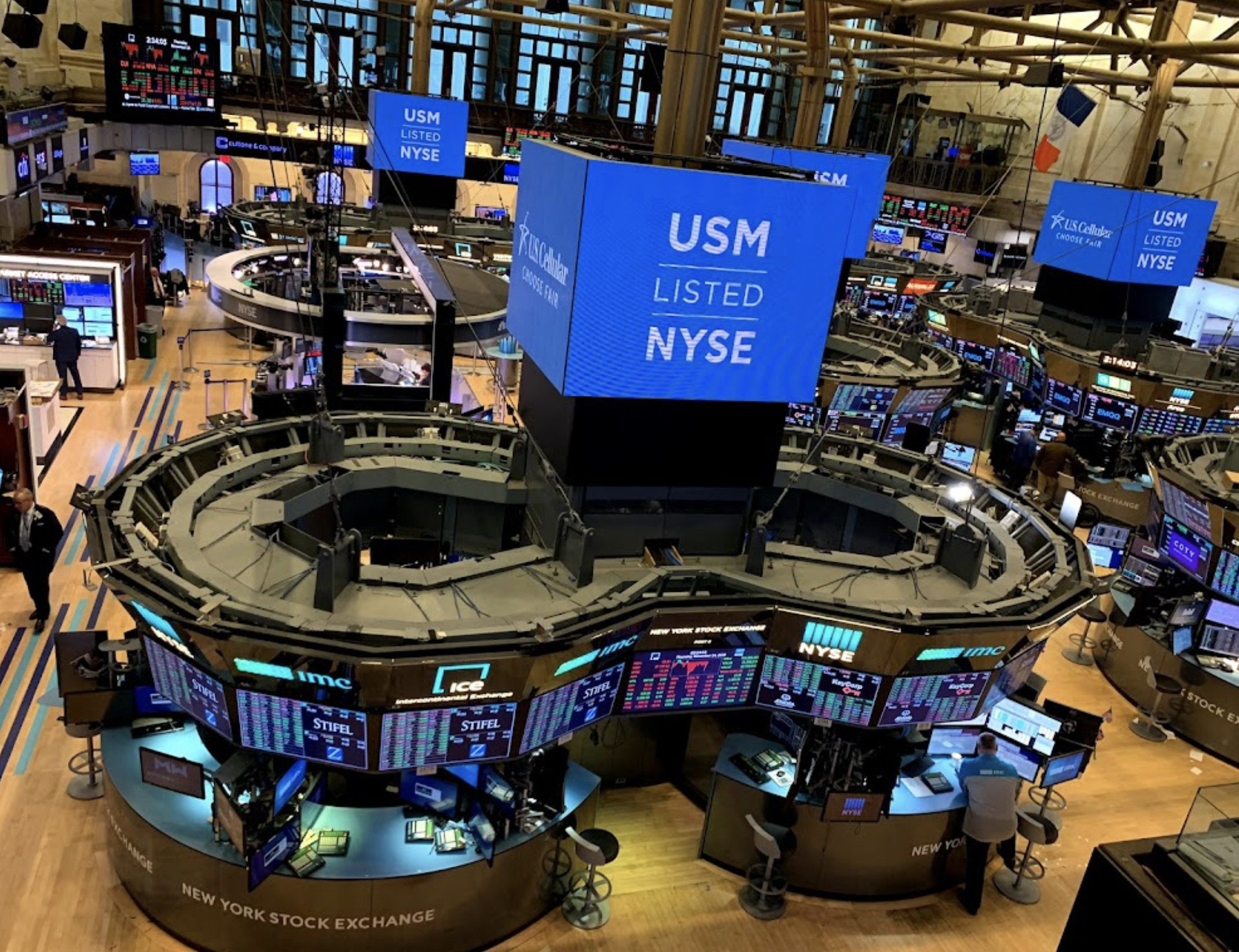


Sunrun has gotten torched over the last six months – since June 2024, its stock price has dropped 28.3% to $10.50 per share. This may have investors wondering how to approach the situation.
Is there a buying opportunity in Sunrun, or does it present a risk to your portfolio? Get the full stock story straight from our expert analysts, it’s free.
Even with the cheaper entry price, we don’t have much confidence in Sunrun. Here are three reasons why RUN doesn’t excite us and a stock we’d rather own.
Helping homeowners use solar energy to power their homes, Sunrun (NASDAQ:RUN) provides residential solar electricity, specializing in panel installation and leasing services.
We at StockStory place the most emphasis on long-term growth, but within industrials, a stretched historical view may miss cycles, industry trends, or a company capitalizing on catalysts such as a new contract win or a successful product line. Sunrun’s recent history marks a sharp pivot from its five-year trend as its revenue has shown annualized declines of 2.6% over the last two years.
Free cash flow isn’t a prominently featured metric in company financials and earnings releases, but we think it’s telling because it accounts for all operating and capital expenses, making it tough to manipulate. Cash is king.
Sunrun’s demanding reinvestments have drained its resources over the last five years, putting it in a pinch and limiting its ability to return capital to investors. Its free cash flow margin averaged negative 39.1%, meaning it lit $39.06 of cash on fire for every $100 in revenue.
As long-term investors, the risk we care about most is the permanent loss of capital, which can happen when a company goes bankrupt or raises money from a disadvantaged position. This is separate from short-term stock price volatility, something we are much less bothered by.
Sunrun burned through $629.4 million of cash over the last year, and its $12.55 billion of debt exceeds the $1.01 billion of cash on its balance sheet. This is a deal breaker for us because indebted loss-making companies spell trouble.
Unless the Sunrun’s fundamentals change quickly, it might find itself in a position where it must raise capital from investors to continue operating. Whether that would be favorable is unclear because dilution is a headwind for shareholder returns.
We remain cautious of Sunrun until it generates consistent free cash flow or any of its announced financing plans materialize on its balance sheet.
We cheer for all companies making their customers lives easier, but in the case of Sunrun, we’ll be cheering from the sidelines. Following the recent decline, the stock trades at 37.2× forward EV-to-EBITDA (or $10.50 per share). This valuation tells us a lot of optimism is priced in – we think there are better investment opportunities out there. Let us point you toward FTAI Aviation, an aerospace company benefiting from Boeing and Airbus’s struggles.
With rates dropping, inflation stabilizing, and the elections in the rearview mirror, all signs point to the start of a new bull run – and we’re laser-focused on finding the best stocks for this upcoming cycle.
Put yourself in the driver’s seat by checking out our Top 5 Strong Momentum Stocks for this week. This is a curated list of our High Quality stocks that have generated a market-beating return of 175% over the last five years.
Stocks that made our list in 2019 include now familiar names such as Nvidia (+2,691% between September 2019 and September 2024) as well as under-the-radar businesses like United Rentals (+550% five-year return). Find your next big winner with StockStory today for free.
This article was originally published here.
